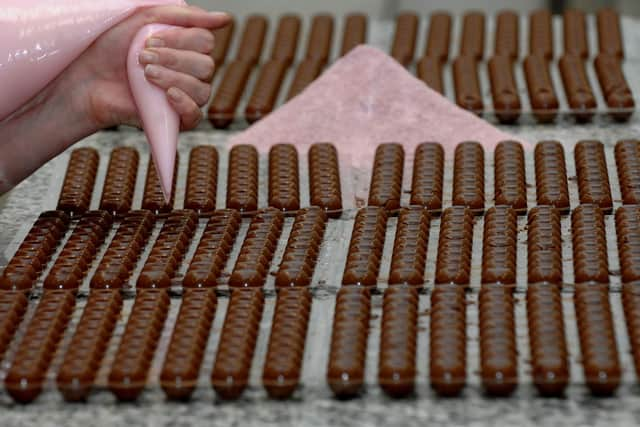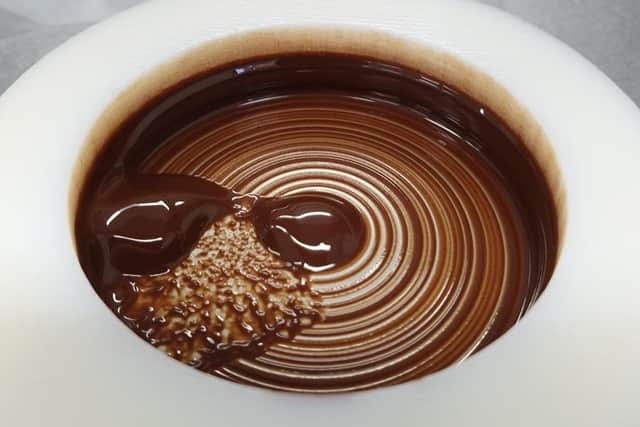Scientists in Yorkshire work out why chocolate feels so good to eat
As well as its taste, it’s down to how it feels in the mouth.
Researchers at Leeds University have analysed the changes that take place when chocolate is eaten, from a solid to a smooth emulsion that many find totally irresistible.
Advertisement
Hide AdAdvertisement
Hide AdThe smooth sensation in the mouth comes from the way the chocolate is lubricated, from its ingredients, saliva or a combination of the two.


Their analysis - published today in the journal ACS Applied Materials and Interface – shows that it is fat in the outside layer of the chocolate that matters most.
Anwesha Sarkar, Professor of Colloids and Surfaces in the School of Food Science and Nutrition, said: “Lubrication science gives mechanistic insights into how food actually feels in the mouth. You can use that knowledge to design food with better taste, texture or health benefits.
“If a chocolate has 5% fat or 50% fat it will still form droplets in the mouth and that gives you the chocolate sensation. However, it is the location of the fat in the make-up of the chocolate which matters in each stage of lubrication, and that has been rarely researched.
Advertisement
Hide AdAdvertisement
Hide Ad“We are showing that the fat layer needs to be on the outer layer of the chocolate, this matters the most, followed by effective coating of the cocoa particles by fat, these help to make chocolate feel so good.”


Tests were conducted using a luxury brand of dark chocolate on an artificial 3D tongue-like surface designed at the University.
The team hope their findings lead to the development of a new generation of luxury chocolate, which feels and tastes the same, but is healthier. Lead researcher Dr Siavash Soltanahmadi said: “Our research opens the possibility that manufacturers can intelligently design dark chocolate to reduce the overall fat content.
“We believe dark chocolate can be produced in a gradient-layered architecture with fat covering the surface of chocolates and particles to offer the sought after self-indulging experience without adding too much fat inside the body of the chocolate.” Revenue from chocolate sales is forecast to grow 13% from 2022 to 2027 to reach £6.6bn, according to retail analysts Mintel.
